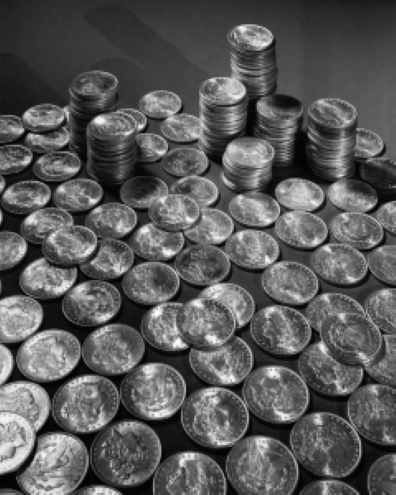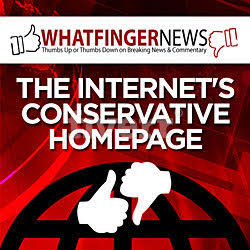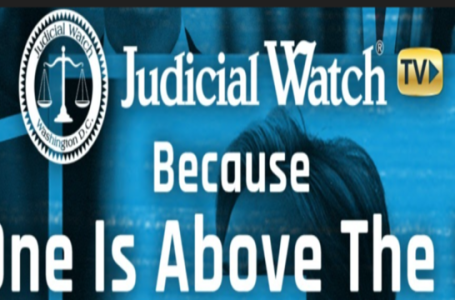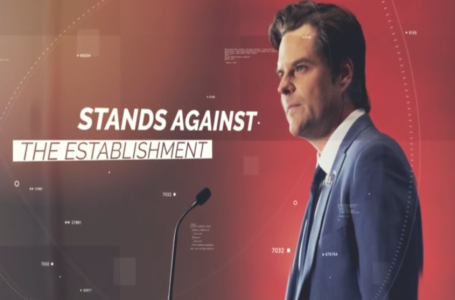A CBDC Would Not Be Money in the Sense Used in the Constitution

(Getty Images)
The latest fad in monetary policy circles worldwide is CBDC or Central Bank Digital Currency, a government-created cryptocurrency exchanged on a blockchain. Many fear that it would give governments complete control over individuals by allowing them to track, and even block, individual transactions and to impose taxes at will.
In the United States, though, “money” has a constitutional basis so firm that, despite its name, a US government CBDC would not be “money” or even “currency.” It could exist as one payment system among many, but without violating the US Constitution it could not be forced on Americans as the sole final means of payment.
The term “currency” never appears in the Constitution but its root, “current,” appears once, noted in SMALL CAPS below.
The term “money” appears six times, noted in bold below.
The phrase “bills of credit,” which is the archaic term for fiat paper money, appears just once, underlined below, explicitly banning states from issuing them.
The word “payment” occurs twice, once below in bold italics and once in Section 4 of the Fourteenth Amendment mandating that “payment of pensions and bounties for services in suppressing insurrection or rebellion, shall not be questioned.”
The word “coin” appears five times, all noted in italics below, twice as a verb synonymous with “mint” or “manufacture,” once in reference to the power of Congress to rate foreign coins, once in reference to punishing the counterfeiting of US coins, and once barring the states from minting their own coins. It also limits the authority of states to mandate a legal tender to gold and silver coins only.
Article I, Section 8 gives Congress the power “to borrow Money on the credit of the United States” and “to coin Money, regulate the Value thereof, and of foreign Coin.” It also gives Congress the power “to provide for the Punishment of counterfeiting the Securities and CURRENT Coin of the United States” and “to raise and support Armies, but no Appropriation of Money to that Use shall be for a longer Term than two Years.”
Article I, Section 9 stipulates that “No Money shall be drawn from the Treasury, but in Consequence of Appropriations made by Laws; a regular Statement and Account of the Receipts and Expenditures of all public Money shall be published from time to time.”
Article I, Section 10 says that “no state shall … coin Money; emit Bills of Credit; make any Thing but gold and silver Coin a Tender in Payment of Debts.”
The reasons for those policies are well understood and uncontroversial. Americans wanted their new nation to be a common currency area, so only the national government could have any monetary policy discretion. The stickier question was always the extent of that discretion, particularly the federal government’s ability to issue bills of credit. I believe, after much study, that the Founders and Framers would have tolerated temporary periods of fiat money issuance during wartime or other major emergencies, but that they would not consider a permanent fiat system constitutional.
That position is obviously not the prevailing one, but it is also not necessary to establish the fact that a CBDC is not an electronic form of fiat money or any other type of “currency” under the Constitution. As shown above, all three types of money specified in the Constitution — bills of credit, foreign gold and silver coins, and domestic gold and silver coins — were (and remain) physical bearer instruments. In other words, they are “current” in the sense used in Section 8 above, meaning that mere possession provides sufficient proof of their ownership. To tender current money is to turn over physical possession to another party in order to consummate a trade or pay a debt. Due to its physical nature and bearer-legal status, “money,” as used in the Constitution, can be used anonymously as a means of final payment.
In America’s constitutional context, a CBDC is a payment system, a means of exchanging money over physical distance. The Framers were aware of the payment systems provided by eighteenth century banks and merchants, but wisely made them no part of the Constitution. They did not conflate checks, bills of exchange, or other orders for the payment of money with money itself, and never made deposits or even banknotes a legal tender.
Can the Treasury or Federal Reserve proclaim that a CBDC is a new payment system that people may use instead of existing payment services? Yes, though it is not clear that a government CDBC will lower transaction costs enough to induce many to switch voluntarily.
Can the government say that CBDC is now money and confiscate Federal Reserve Notes and bank deposits like it confiscated gold during the New Deal? No, not lawfully. For all its faults, fiat paper money is similar to gold and silver coins in that all are physical-bearer instruments, and hence money in the sense used in the Constitution. A CBDC is not money because it is not a physical-bearer instrument, but rather by its very nature is trackable and cancellable, like a check or credit card payment.
Courtesy of the American Institute for Economic Research.



















